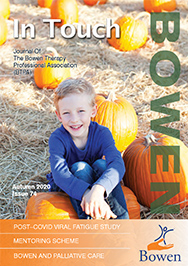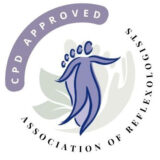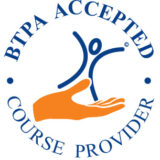
THIS two-day CPD course covers all the essential requirements for a Bowen therapist considering a professional or volunteer role within this sensitive area. Key elements include workplace setting and best practice, patient/client relationships and those of carers and relatives, liaising with staff, policies and protocols that may or may not be already established as well as self-development and supervision.
This award-winning course is open to therapists with no experience in this area while also offering an opportunity to those who may be more familiar with palliative care patients.
The main requirement is a desire to learn how to work with clients who may be newly diagnosed or already have a life limiting disease. Many therapists have known someone, if not a close friend or relative, who has lived with a life-long condition or a terminal illness. Experience in coping, caring, and showing compassion are vital to work in this complex area.
Often patients and clients present with life changing situations and it is a journey for us as well to undertake. Advice and practice from this course will help to build confidence and understanding.
Bowen Technique is a light and gentle therapy ideal for people in palliative care. A Bowen therapist can easily reach a painful area by slipping a hand under a collar to reach the neck or gently apply upper stoppers over a hospital gown. We know as Bowen therapists the relaxing effects of the Bowen move because we have trained with one another and in most cases, offers instant relief.
There is lots of Bowen Technique practical, not only which Bowen moves are helpful, but how and when to be applied. How to work with someone who cannot lie on their front or needs to sit, such as those in out-patient or day clinic. How to work in pairs or threes, how to assist another therapist when a patient cannot move their leg, how one might need to work when a relative or nurse is close by because of the patient’s needs. Practical guidance is provided also, for form filling on paper or tablet, that maybe required for workplace policies and protocols. How to read consultations, record files, and when referral might be appropriate. Notes are provided for those instances when Bowen is contra-indicated, reasons why and when to ask for help. There are guidelines for how often a patient or client can receive Bowen technique. Listening skills and observation of the patient/client for clues about their energy, pain levels and sleep patterns, all of these we would ask in our own practice.
My CPD course comprises four parts: therapist (you), patient/client, Bowen Technique and policies and protocols. A workbook is provided with relevant information and for writing notes and students are encouraged to ask questions and examine why they want to work in such a specialised and often challenging area.
We explore step by step with each student the different stages of illness to identify the area for which they are best suited… early diagnosis, secondary/life limiting or end of life. A therapist can work in various settings including a patient’s home, in a day centre, care home, an in-patient or an ‘out-patient’ unit or private clinic.
Role play or case study illustrates how therapists must put the needs of the patient as well as their own safety first before arranging a Bowen session. An example might be arranging an appointment in a care home and talking with the manager first to get permission to enter the premises, similarly, going to a neurological care centre and chatting to the person’s carers or physiotherapist about what the Bowen Technique is and whether it will fit into the patient’s routine, or arranging an appointment to fit around medication. Facilities at your own clinic such as ramp and handrails for assisting young clients attending with their parents. Making clear instructions for appointment times, being ultra-hygienic and wearing of masks is not just the new norm but standard practice in our work.
Terminal disease affects all ages and while working within palliative care is not for everyone it can be immensely rewarding.






